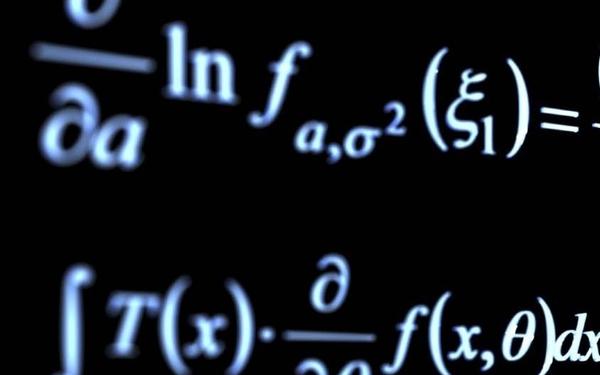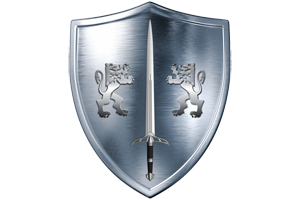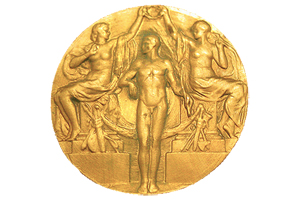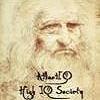

I know that this topic is not stricly related with the main subject of this section of the WIN (World Intelligence Network), but it is conneceted with mathematics as well.
Nowadays, “standardized” and “high range” IQ tests (spatial, numerical, and so on) are static. This means that there is a single test that every candidate have to take in order to receive a given IQ score/estimation based on a single norm: a comparison with the general population. Thus, the psychometitor finally says: “Your score is higher than XY.Z% of the general population”.
My goal is to move this plateau to the next step: a different test with a unique norm (i.e. we have to norm this tests family only once), immune from the test of cheating, that the candidate can take many times without “learning from experience” too much.
I achieved this goal with a numerical test in 2012, together with another high IQ friend: ENNDTs, the first dynamic IQ test. I administered only a beta session in Jan 2013 and you can find it here: http://www.scribd.com/doc/122808373/ENNDT-the-first-dynamic-IQ-test-in-the-world-tests-solutions
The test is based on integer sequences, like the ones you can find on the OEIS, for example. The explicative paper: http://interesjournals.org/er/april-2013-vol-4-issue-4/retro-analytical-reasoning-iq-tests-for-the-high-range
Now I’m going to develop a spatial dynamic test… an impressive (hard) work and a dream that I hope will came true in the next few years. It would bring to tests similar to Raven Matrices: a different set of matrices each time with the same level of difficulty!
In order to achieve this goal, I started to use Galois’ groups theory and I’ve implemented by hands a very simple configuration of the basic rules which are at the bottom of this “ENSDT” method. At the moment there are more than 1000 different shapes to combine together for any item, but this is only the beginning, and mathematics is helping me very much. I’m marking each set of basic shapes with only 5 parameters. Then I’ve added some other tables for “movements”, fixed patterns and many more… even if the core remains the “transformation tables” constructed by induction/group theory.
Here is the first and (so far) only example of these ENSDTs (dynamic spatial tests)… I’m very proud of them and everyone is welcome in the project.
If you wish to take this (static) prototype, check the link below:





No Comment